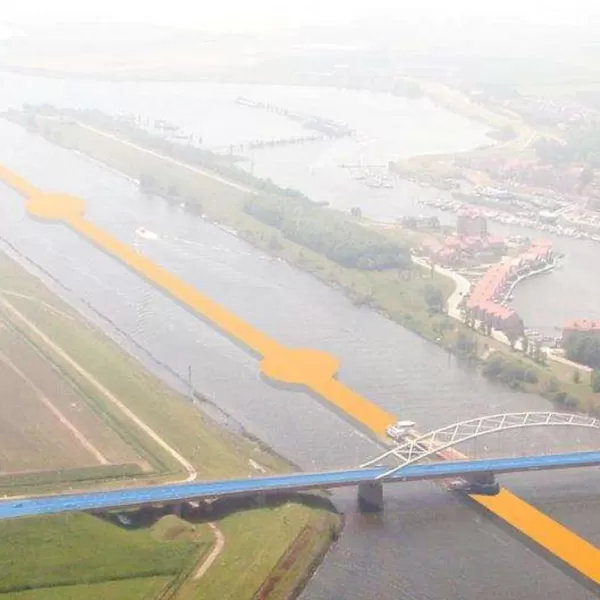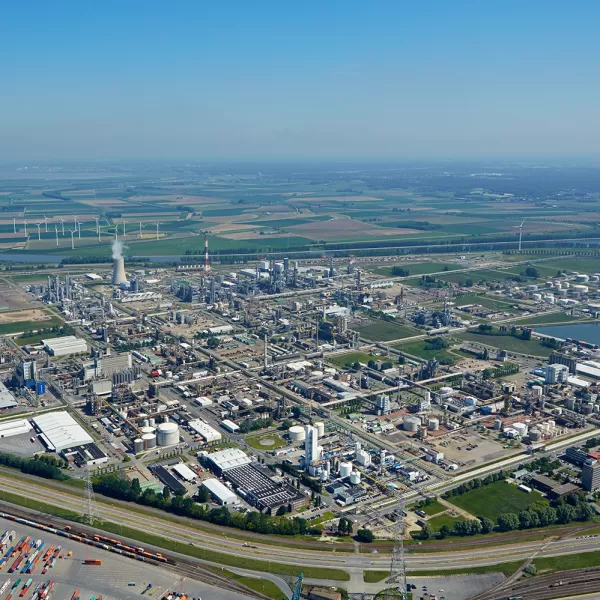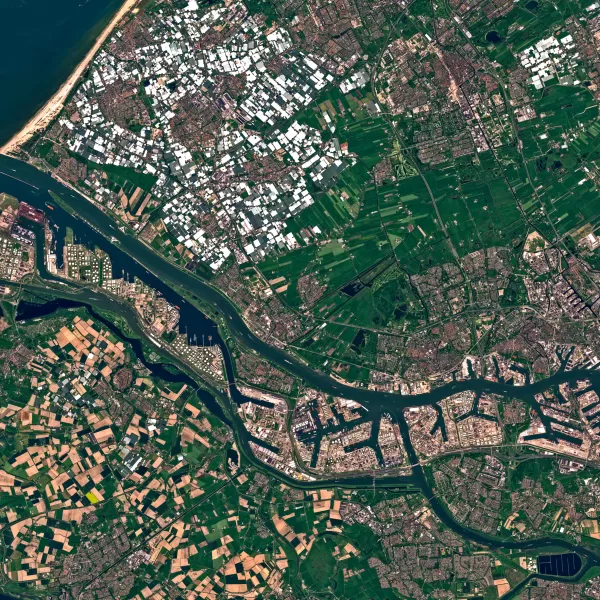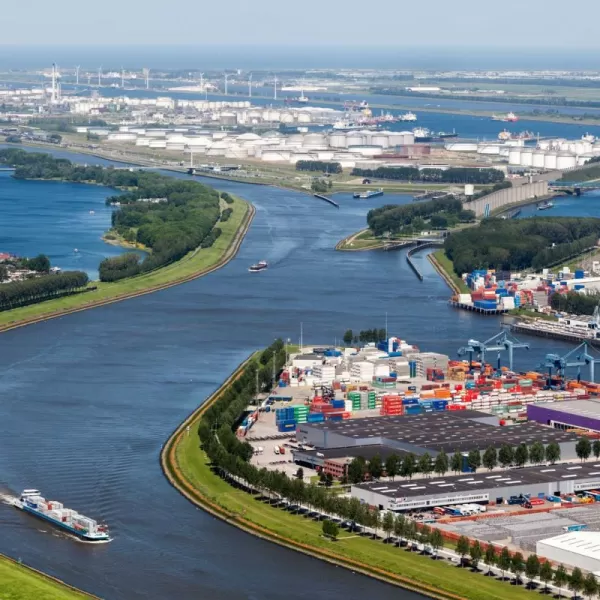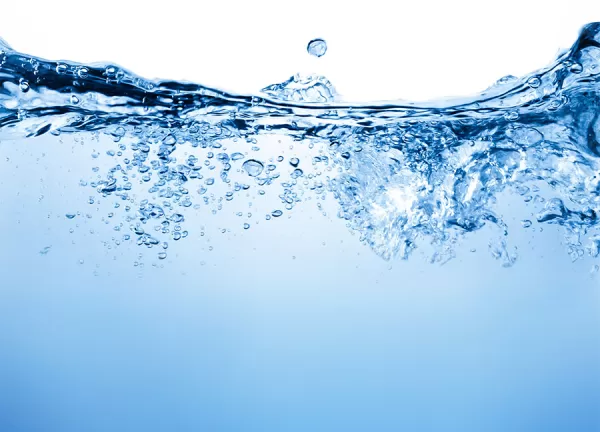Reducing CO2 emissions is a major challenge, particularly for large industries and heavy transport.
To support our customers on their path to decarbonisation, we offer innovative technological solutions and services.
Our Ambitions & Actions
Supporting our customers in decarbonising their industrial processes
This includes supplying low-carbon gases, carbone management, developing sustainable technologies for Heavy Duty Mobility, and solutions to transform our customers' industrial processes.
Our carbon neutrality ambitions
The Air Liquide Group is also committed to decarbonising its own assets, with the goal of reducing its CO2 emissions in absolute terms by 2025. As part of its sustainable development objectives, Air Liquide aims to reduce its emissions by one-third by 2035 and achieve carbon neutrality by 2050, while supporting its customers in their decarbonisation processes. These ambitious climate goals were reaffirmed in the Group's new strategic plan for 2025, ADVANCE.
The Benelux: a strategic hub for decarbonisation
Discover our flagship projects in the Benelux & Scandinavian countries
Our news and articles in the Benelux region on the energy transition
-
Supporting our customers in decarbonising their industrial processes
-
Achieving carbon neutrality with our assets
-
Becoming a leading player in Europe's energy transition
Frequently asked questions
What business does Air Liquide conduct?
Air Liquide is a world leader in gases, technologies and services for industry and healthcare.
With 66,400 employees in 75 countries, the Group serves more than 3.8 million customers and patients. Air Liquide's ambition is to be a leader in its industry and to generate long-term performance through the sustainable development of its activities, including a strong commitment to energy transition and climate change at the heart of its strategy. Thanks to the commitment and inventiveness of its employees, Air Liquide is capitalising on developments and opportunities in the areas of energy transition, healthcare and the digitalisation of our world to deliver greater value to all its stakeholders.
Comment Air Liquide est présent dans votre vie quotidienne ?
How is Air Liquide present in your daily life?
Air Liquide in Benelux comprises subsidiaries active in the production, distribution and sale of industrial and medical gases, technologies and services belonging to the Air Liquide Group.
Present in Belgium since 1906 and in the Netherlands since 1913, Air Liquide operates 22 industrial sites across the Benelux region. The Group currently employs more than 1,200 people in this region, across all activities, and supplies more than 122,000 customers and patients. Air Liquide Benelux's gas supply is highly reliable, thanks in particular to its unique network of 2,345 kilometres of pipelines supplying industrial areas from northern France to Rotterdam, as well as its dense distribution network of large and small cylinders. Air Liquide has set itself an ambitious challenge: to maintain its strong growth momentum and improve its profitability, particularly through significant investments in future markets, while meeting its CO2 emission reduction commitments.
Where does Air Liquide fit into the energy transition value chain?
Air Liquide is firmly committed to helping build a sustainable, low-carbon society to enable the energy transition.
We are addressing two major challenges: decarbonising so-called ‘hard-to-abate’ industries and revolutionising clean transport. To achieve this, our expertise is based primarily on mastering all stages of the low-carbon molecule value chain, from production and CO2 capture in production processes to the distribution of these molecules in liquid and gaseous form. This is specifically tailored to the industrial and mobility sectors.
What are Air Liquide's commitments to energy transition?
Air Liquide is taking on an ambitious challenge in terms of the energy transition of its activities: maintaining its strong growth momentum and improving its profitability, while meeting its commitments to reduce CO2 emissions and invest in future markets.
This was reaffirmed during the presentation of ADVANCE, Air Liquide's strategic plan for 2025, which includes numerous commitments to the sustainability of our activities, such as our goal of carbon neutrality by 2050 (with a turning point planned for around 2025 and a 33% reduction target by 2035).
Why is hydrogen at the heart of the energy transition?
What is hindering the development of hydrogen for the energy transition?
To accelerate the development of hydrogen and facilitate the energy transition, all stakeholders must join forces, particularly between public and private organisations.
While policymakers must provide a stable policy framework, enable better visibility of demand, deploy adequate financial support and ensure international coordination, industry must increase capacity across the entire supply chain, advance projects towards final investment decisions (FID) and develop the appropriate cross-border infrastructure. Through several large-scale decarbonisation projects in the Benelux, Air Liquide is fully committed to playing a key role in the transition to a low-carbon society in Europe, particularly through hydrogen. Urgent action is needed to ensure a more sustainable future.
What are your objectives in terms of sustainable development?
Air Liquide has committed to ambitious sustainability goals:
the Group aims to reduce its emissions by a third by 2035 and achieve carbon neutrality by 2050. The turning point is expected around 2025. In addition, around 50% of industrial investments will be dedicated to the energy transition (for all industrial investment decisions exceeding €5 million).





